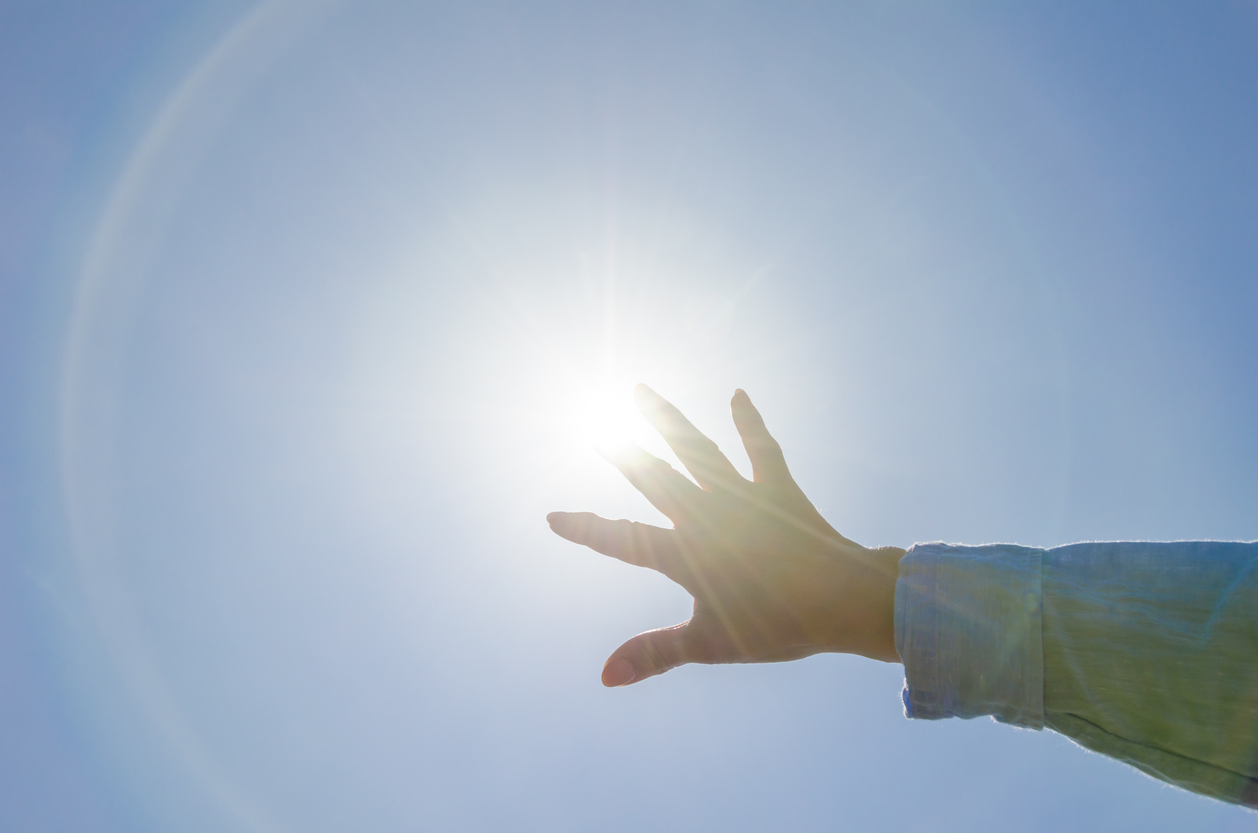How does UV radiation impact cables?
Sunlight can be destructive thanks to ultraviolet (UV) rays, not just to humans but also to cable sheaths. Here’s why.
It is a well known fact the weather can be very wet and windy in the UK. However, did you know the UK has an average of 4.3 sun hours every day? So, it is important to protect cables from the potentially harmful effects of UV radiation.
But what exactly is UV radiation? UV is a form of electromagnetic radiation that is emitted naturally by the sun or from artificial sources such as some halogen, fluorescent, and incandescent lights, tanning beds, and some types of lasers. UV radiation can be classified into three types – UVA, UVB and UVC. UVA has the longest wavelengths, while UVB and UVC have the shortest. The Earth’s ozone layer absorbs all of the UVC radiation and the majority of UVB rays, which means almost all the ultraviolet radiation we come into contact with is UVA. This makes it the most damaging type of UV radiation.
As well as causing serious health issues to humans, prolonged exposure to UV radiation can cause colour fading and premature degradation in the materials of a cable’s sheath. Here’s how:
Colour fading
Over time, UV rays emitted by the sun will break down the chemical bonds in the polymer chains in a material through a process known as photodegradation, which results in colour fading. Red is particularly susceptible to colour fading because it absorbs more UV. Black sheaths are inherently more UV resistant as they tend to absorb and dissipate UV radiation more effectively than lighter colours. This makes them ideal for outdoor installations in daylight.
For example, Prysmian SWA cables have a carbon black filled PVC outer sheath. The materials in the sheath have been specially designed and formulated by Prysmian to ensure the cables are robust and durable for outdoor use. It should also be noted that although Prysmian fire resistant cables FP200 Gold and FP PLUS are red and designed for indoor installation, both have a UV-stable outer sheath. Prysmian formulate the cables by choosing the best combination of components to help prevent colour fade and help protect the mechanical properties of the cable for longer.
However, engineering experts at Prysmian point out that:
“Even UV stable cable sheaths can suffer from colour fade. The fading is only a cosmetic effect and does not indicate deterioration of the properties of the sheath.”
Degradation of a cable sheath material
PVC is the most common sheath material used in cables and is one of the most inherently UV resistant polymers available, however, the cable’s mechanical properties will still degrade if over-exposed to UV radiation. It is a good idea to limit a cable’s exposure to direct sunlight – even if it has a UV-stable sheath.
Our engineers state:
“The reduction in mechanical properties that result from this ageing are likely to lead to premature failure of the sheath, often seen in the form of cracking in extreme cases.
“Deterioration in the sheath properties might have limited impact on existing installations where cables are securely fixed and not subject to movement or mechanical stress. However, if exposed to the weather, any cracking will likely lead to water ingress. Should there be concerns regarding UV exposure the cables should be shielded from direct sunlight. This shading may take the form of a canopy, or alternatively by enclosure in trunking.”
For top quality, UV-stable cables, choose Prysmian. If you want to find out more, download our guide.
See the Technical Area on our website for further assistance, or contact us today.



